Text and Pictures by Herman H. Van Doorn
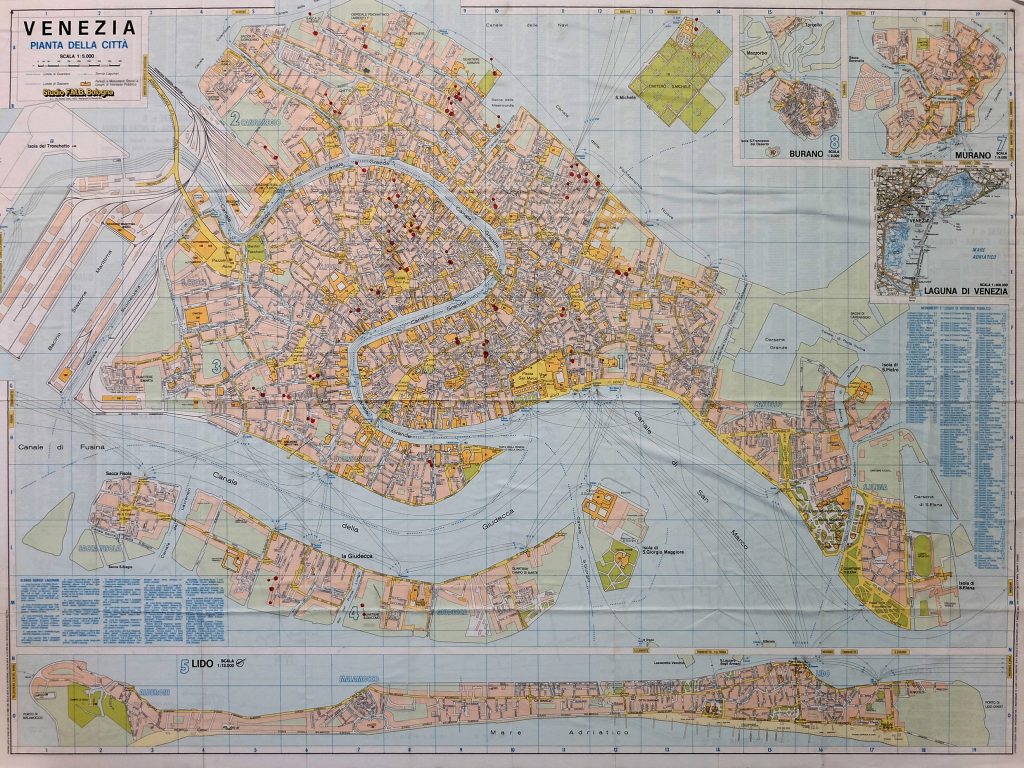
The first time I visited Venice as a teenager the city made an indelible impression on me and that impression never left. After a long intermission of not visiting the desire was still there and I returned several times with wife and children. In recent years I came back on my own to learn Italian and to photograph the city and her inhabitants. Starting in the calle and campi I soon found out that wasn’t enough, I wanted to get behind the doors and discover Venice from inside. That led to the project on the artisans, their workshops, their tradition and their quest to survive the dangers of the modern world, being mass tourism and cheap “replicas” of the traditional Venetian products, masks, forcole, woven products, marbled paper and many other traditional crafts.
Since 2018 I have been in Venice several times researching the Venetian crafts and documenting the artisans.
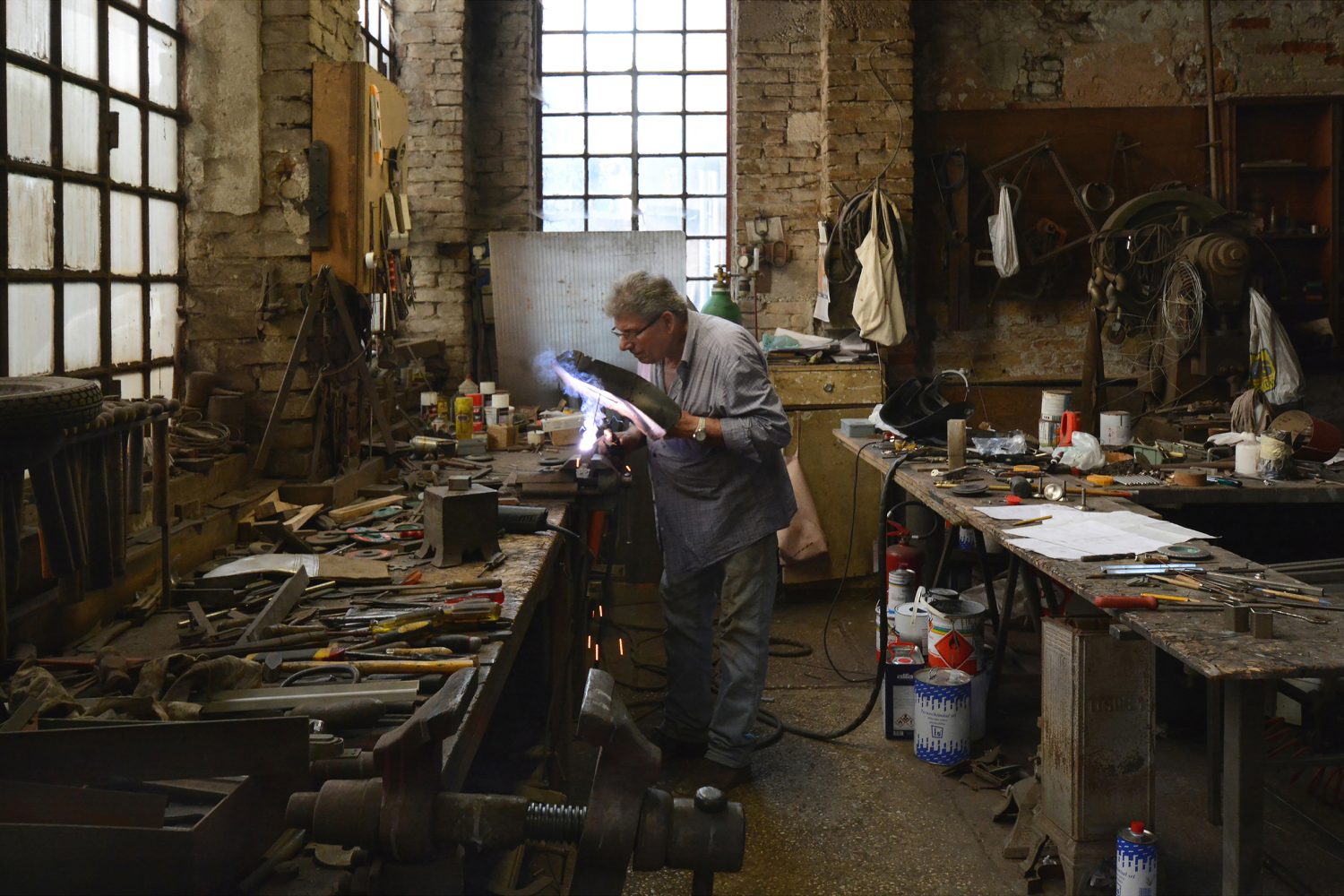
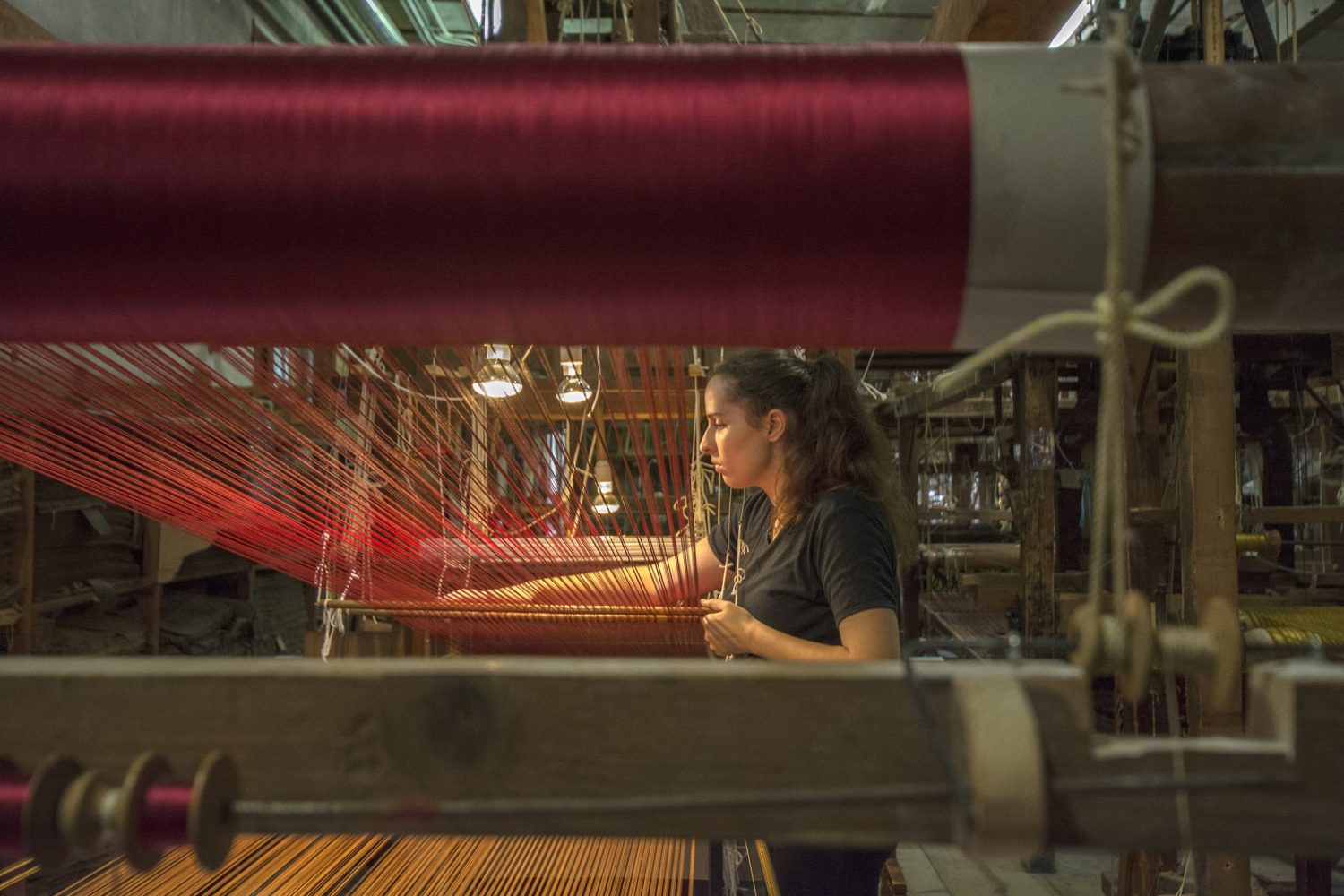
In my photographic career there is a common thread running through my work and it is called “traces. The traces people leave behind. Be it dilapidated buildings, factories, structures in a state of decay, trenches from the first World War in France or abandoned villages.
In this case also the change in use of the real estate in Venice. The shops that were left behind because of the raising rent or because the retiring craftsman or -woman could not find a successor. Thus only leaving traces.
Working on this project I started to realize I maybe documenting and photographing traces, but traces of the future. When the liberal politics keep destroying everything that is not profitable enough my photographs will be the traces of what once was. If the tide can be reversed they will be a good documentation of the artisans who were practicing and they will make a showcase for their successors.


When I started this project I thought of making a nice coffee table book with beautiful photos, portraits of Venetian artisans and in honor of these artisans. But the longer I worked on the project the more this would feel as a shortcoming and it would not pay justice to the artisans. There should be more information and some history of the workshops. For the historic places their history and possibly photos from the past, the founders. The young ones should tell their motivation to begin an artisan business in Venice. And I do not want to keep it limited to Venice, but involve other islands where artisanal skills are practiced.
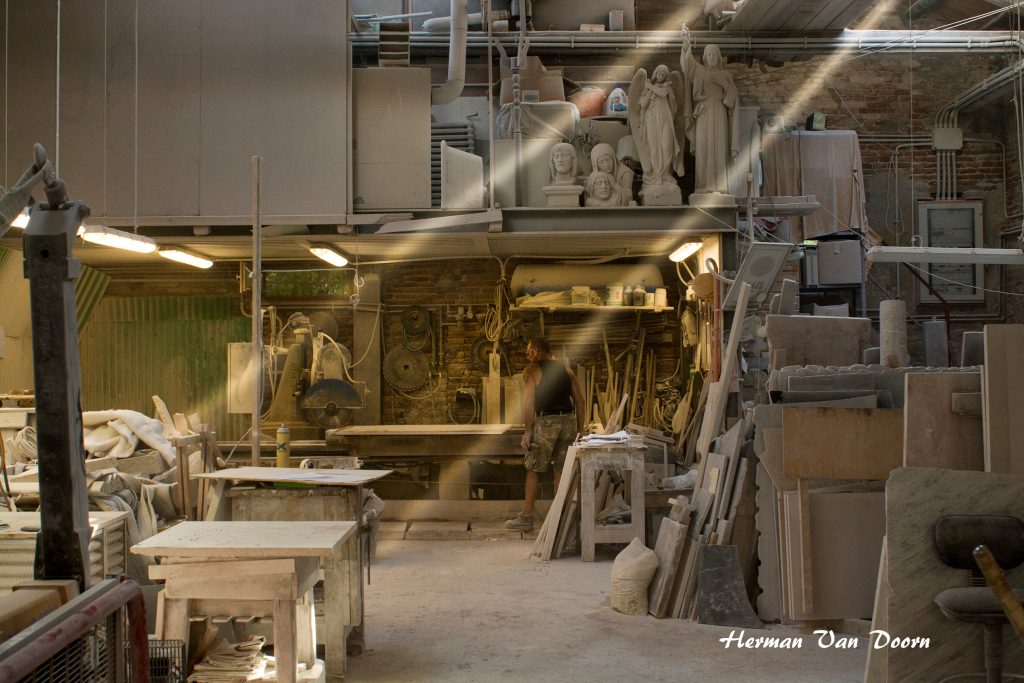
This project about the artisanal life on the islands in the lagoon is not only a report of the status quo, but it is also dedicated to the artisans, their families, their habitat, their way of life and I hope it can contribute to improve the situation and help the Venetian artisans.
The photos that will be included in the project are close-ups of the hands of artisans, photos from the history of the workshop if they exist, photos of the artisan working and portraits.
The portraits are actually threefold. A portrait of the artisan, a portrait of the workspace and a portrait of the artisan ín the workspace. I particularly have chosen this kind of portrait to show the artisan in his daily surrounding and to show how they form a unity. This way of looking shows my architecture background. Architecture as we usually see is designed and later occupied by people and often it is a showcase of the ideas of the architect, the owner and the times when it was built. In the case of the artisans the space has grown around the activity of the person occupying the space with everything he or she needs to create a product.
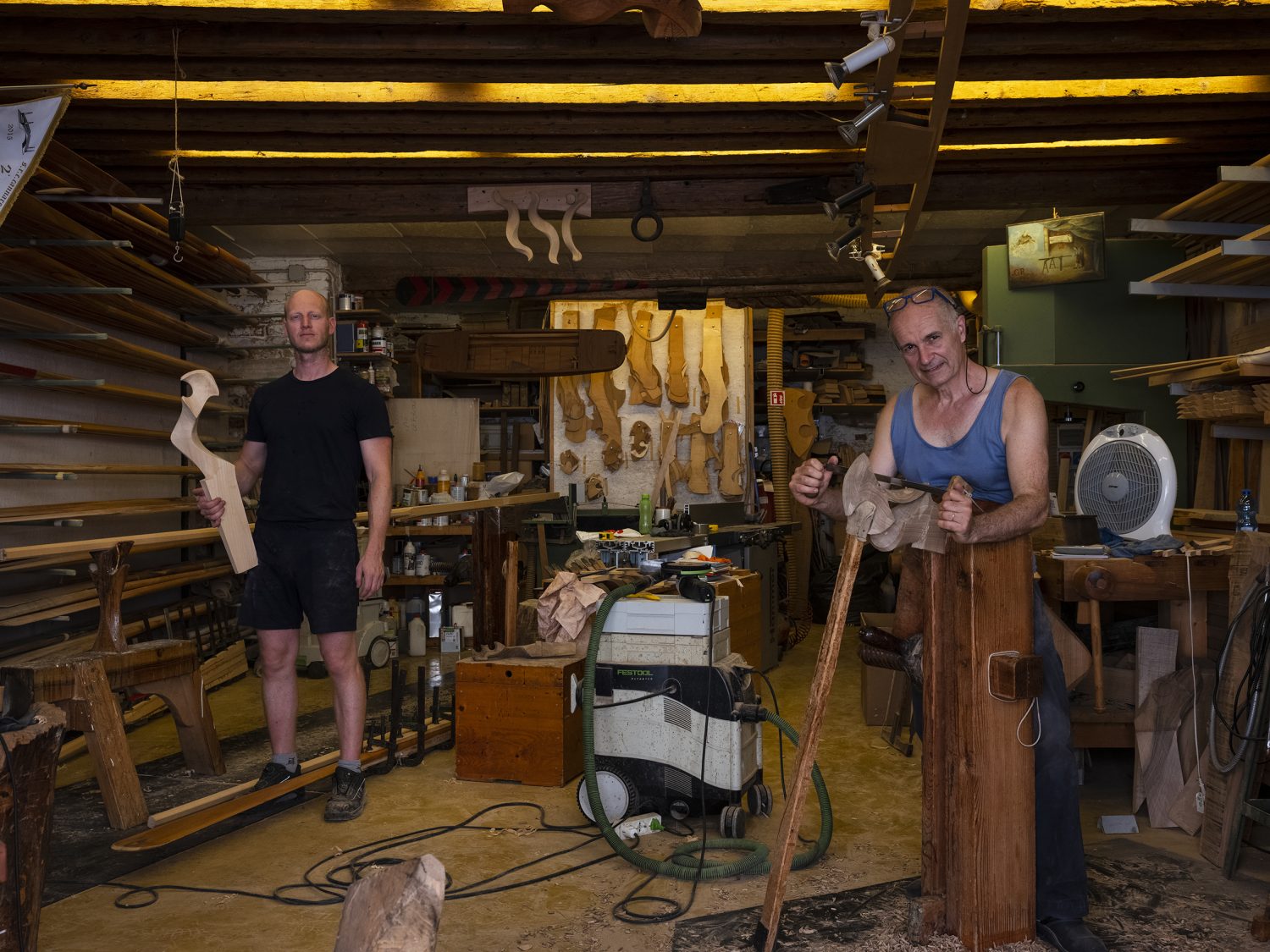
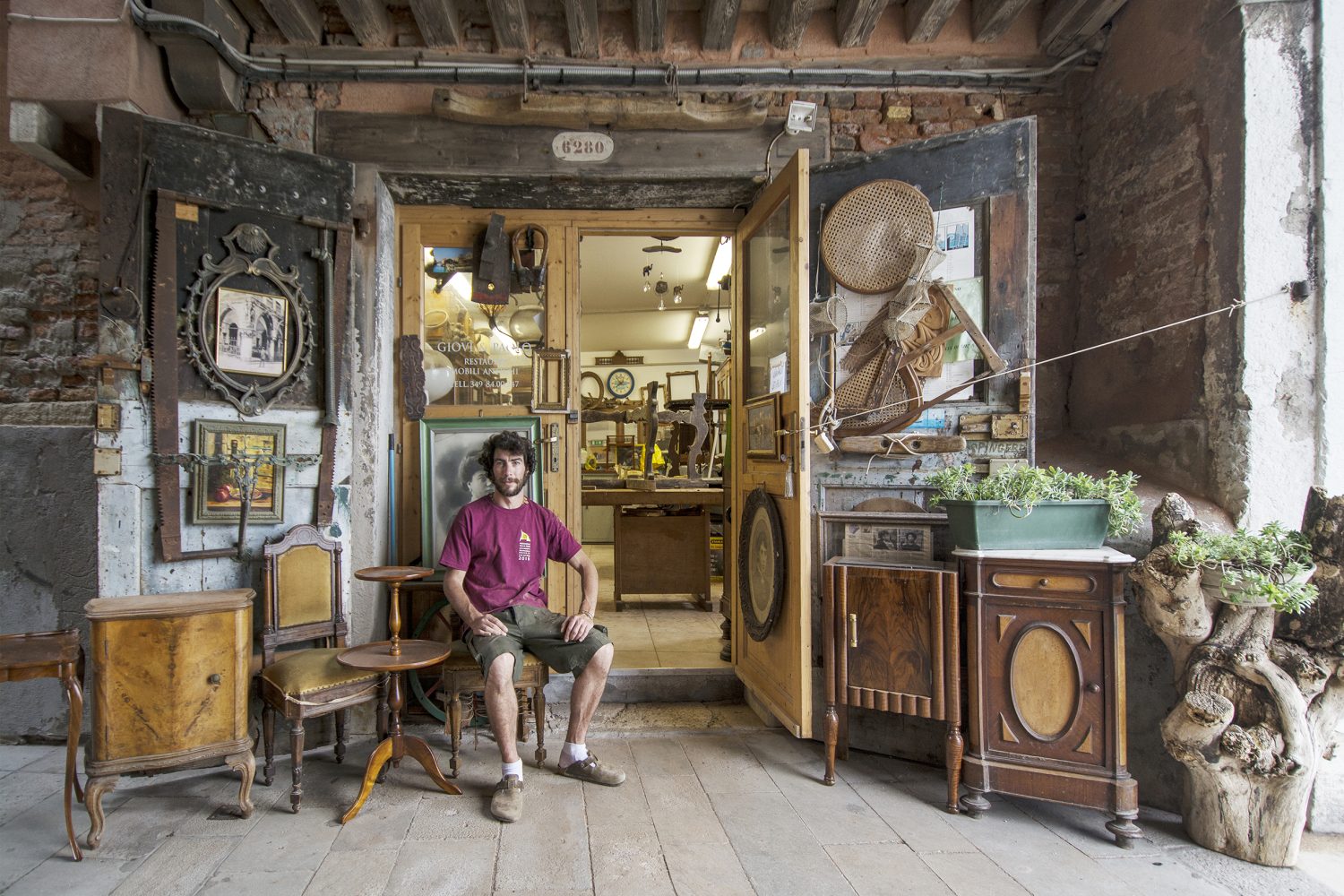
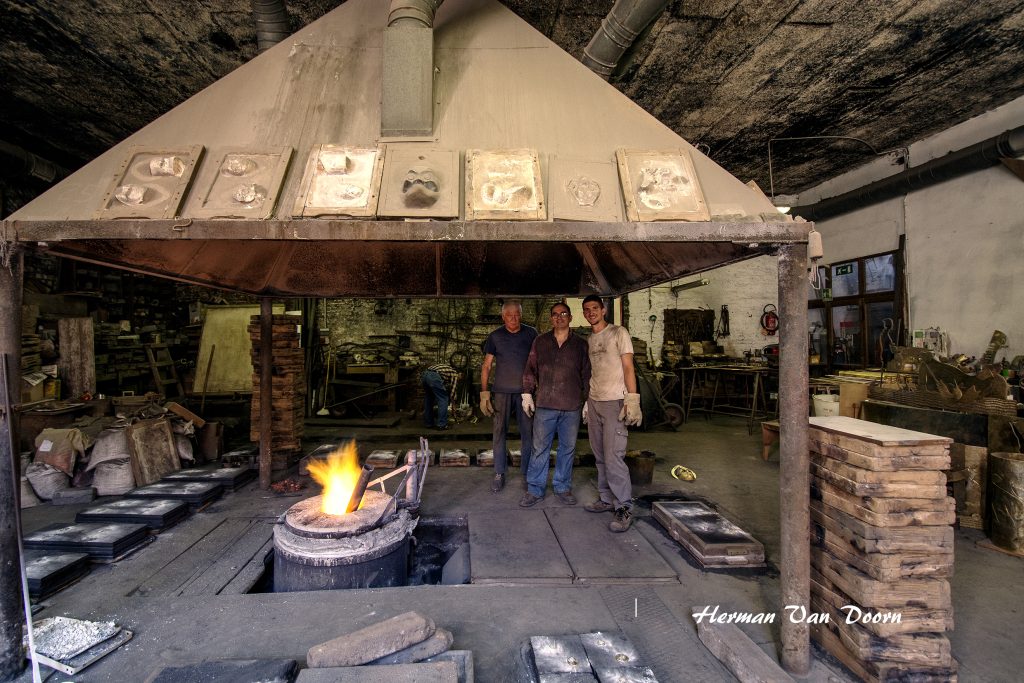
Here you can find a selection of photographs I have shot so far.
- Rino Morosini. Worked his whole life in this workshop. When I met Rino in 2017 by accident he was still working for clients, but when I visited him again two years later he was cleaning up and had stopped working, 76 years old. Me agreed I would come back to hear and record his life’s story, but when I did the workshop was taken over and turned into something else and nobody knows where to find Rino.
- Bevilacqua. Giulia Incipini. Without any knowledge than that this was a traditional weaving mill, still working with centuries old wooden looms, I walked in and felt like I entered a fairytale.
- Luisa Conventi. At the shop and workshop I received the heartiest welcome one can expect. At the time of this photo the space was lined up with boxes and bags full of Murano beads. Now Luisa works together with Giuliana and the place is transformed in workshop annex museum dedicated to the craft of being an impiraressa and the history of the Ferenaz family business that is continued by Luisa.
- Marco Franzato. 20180613-9263. The last stained glass artisan in Venice. Maestro d’Arte since 1991 Marco keeps using the traditional craft for restoring glass for the Venetian palazzo and for the production of Tiffany style objects.
- FZ Marmi. Unfortunately when I returned to the workshop of FZ Marmi to see how business was going this wonderful workshop was empty and the building for sale.
- Giovanni Slongo. Giovanni started the restoration workshop along the Fondamente Nove with his father, but after his father retired Giovanni continues on his own.
- Saverio Pastor en Pietro Meneghini. In this workshop, one of only four left, Saverio and Pietro are making and maintaining the dolls and oars for the gondolas. Many of the gondoliers are long time clients.
- Fonderia Valese. Carlo, Bruno, Andrea. The last foundry in Venice at the edge of the lagoon. Established at this location in 1913 and remained the same ever since. Carlo is never too tired to explain the procedure of making the ornaments for the gondolas and many other objects. Also for internationally renowned artists.
- Marco Tenderini. 202210915-7620. A century old blacksmith workshop. Father in the 80’s and son working together in the same place where Marco’s great great grandfather started.
- Daniela Ghezzo. One of the last shoemakers in Venice where the shoemaker’s guild was established in the twelfth century. Started in the Segalin workshop and continued the craft of shoemaking in a traditional way.
Herman Van Doorn
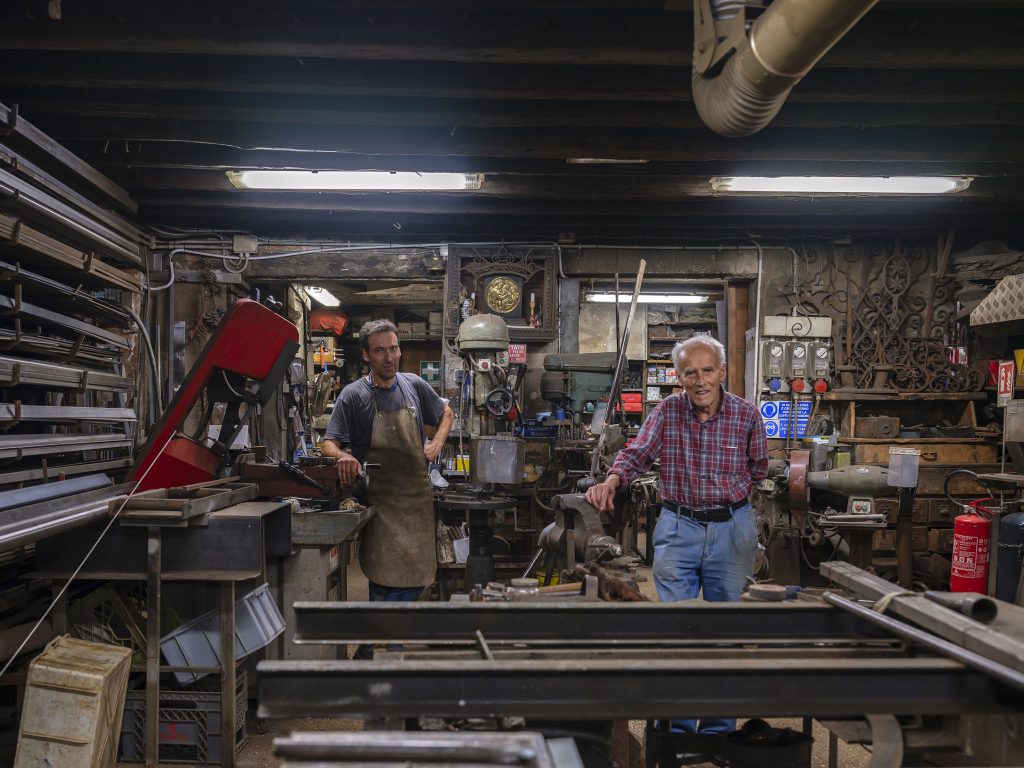
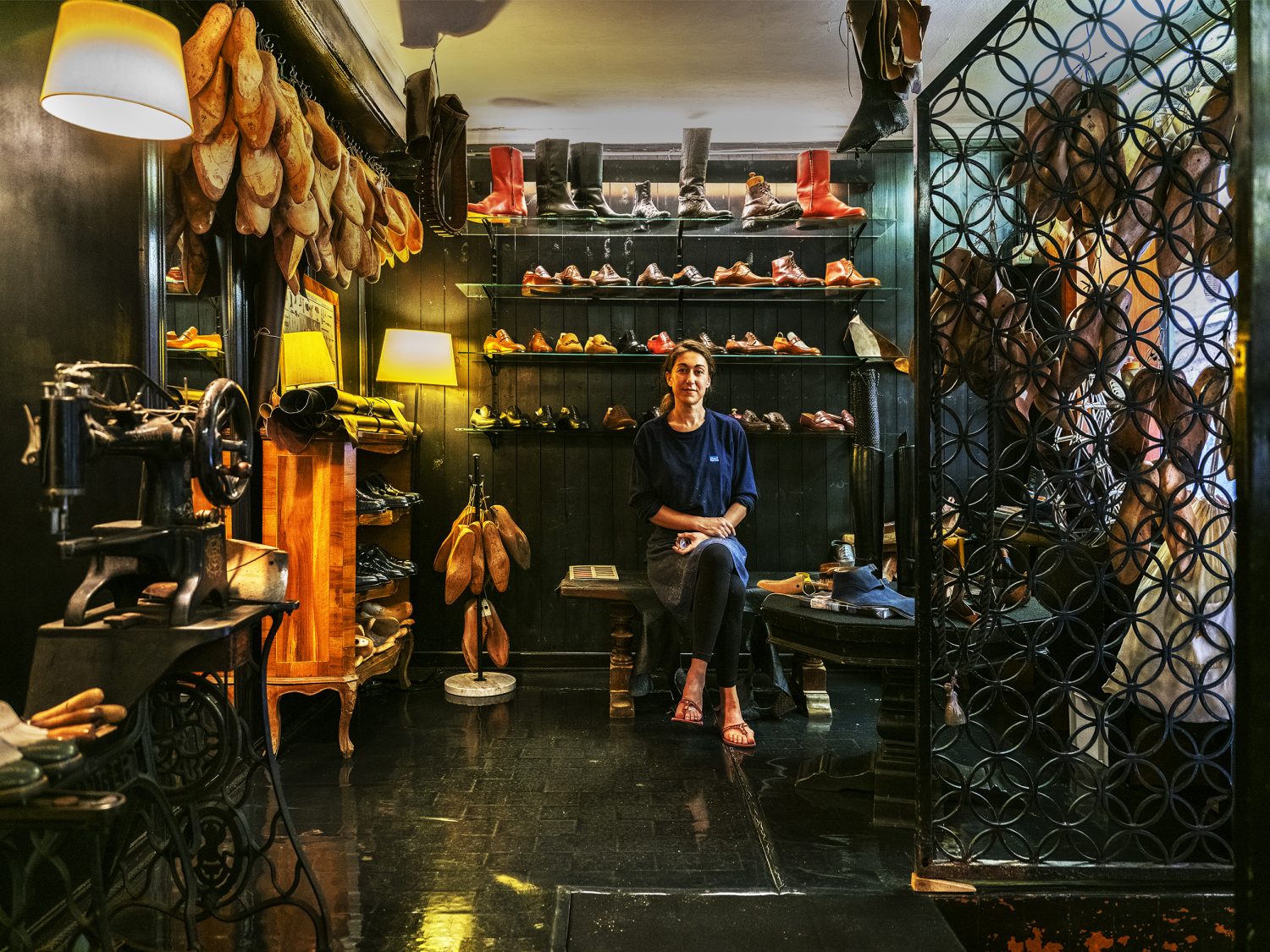
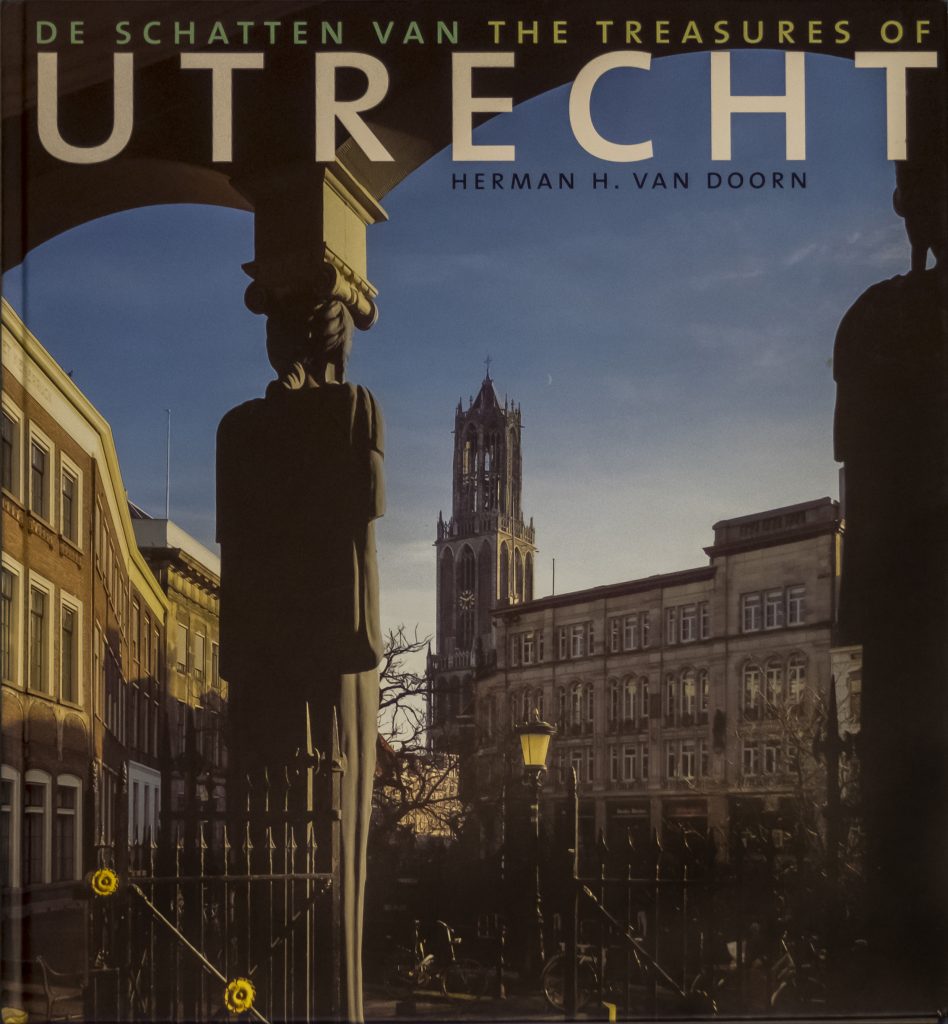
The treasure of Utrecht – Herman H. Van Doorn